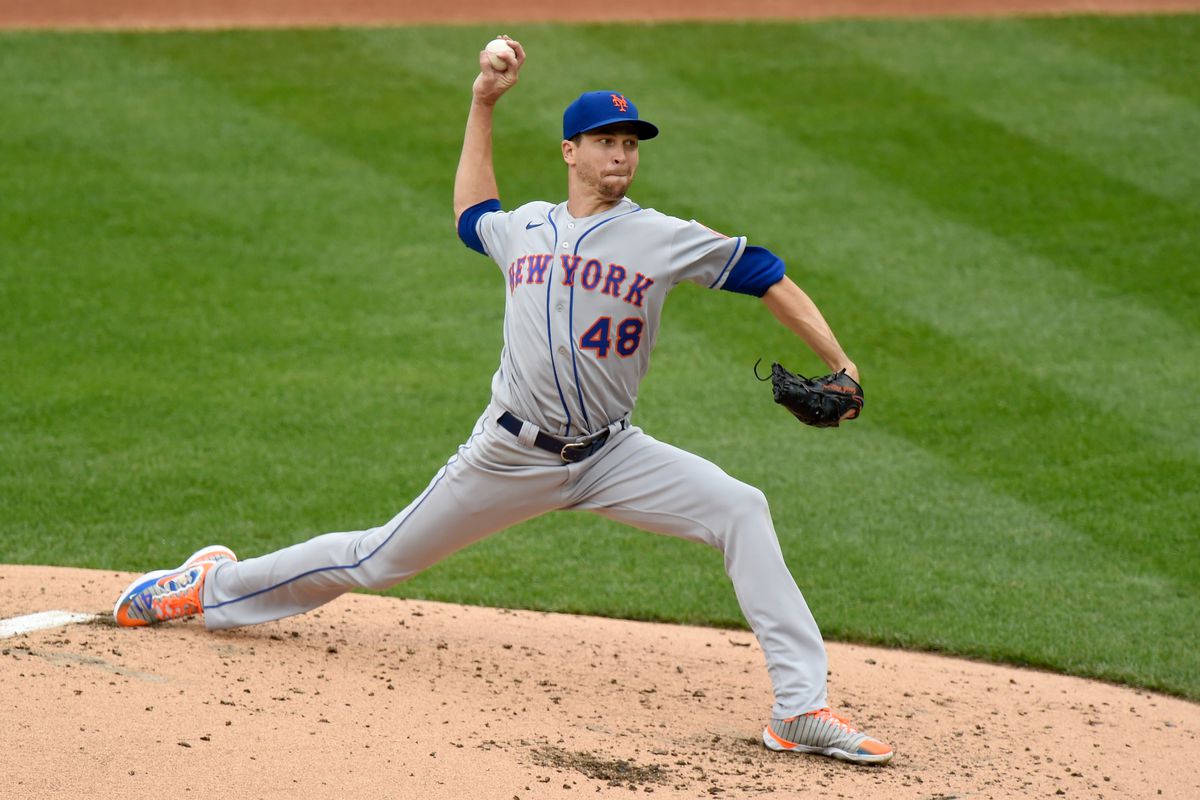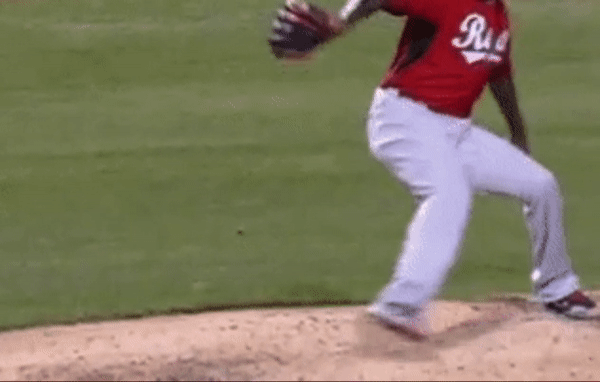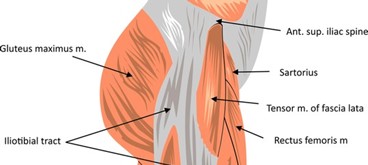
Use your legs. Use your lower half. Sounds great but, “what the heck does it mean”? Coaches often cue this as if it’s one single thing. In reality, a proper use of the lower half has 4 different but connected and sequential components. In Part 3 of this 4 part series on lower half pitching mechanics, we’ll take a closer look and break down what I refer to as the Drive / Rotate phase.
Dive / Rotate – What is it?
After we have gotten into an optimal position through an efficient drift (Part 1) and load (Part 2), the ball and socket of the hip should be now properly aligned and allow us to rotate our hips toward the plate with little to no force coming from the back leg early in the delivery.
In order to do this effectively, we need to co-contract ALL the muscles around the hips not just the glutes. This will keep the back of the pelvis locked and better allow the head of the femur (leg) center and rotate. This is evident by the back knee turning down and sinking up with the upper body in order to create good hip and shoulder separation. The back leg should also stay flexed or bent to allow a more powerful finishing drive later with the back leg, closer to foot plant.

A quick note on Drive – It is important to realize that when we refer to “drive”, we are talking about moving in a linear direction to the plate. This is not to be confused with what we would call “vaulting”, which results from pushing with or extending the back leg early. This can also cause the pelvis to tilt too much and project force into a more vertical instead of linear direction.
Why is it important?
Rotating the pelvis efficiently helps us start to drive towards the plate while prevent early involvement from the back leg. This enables the back foot and ankle to better stay engaged with the ground early in the delivery and help create a more stable base of support to move and ultimately throw from. Like I said before, the final drive using the back leg should happen just before foot plant as the rear foot is turning over to help put the lead leg down.
What physical attributes do you need to do this properly?
Hip Mobility – Everyone’s hip structure is different. Some athletes will struggle to move in positions that require more:
-
- Hip internal rotation
- Relative hip external rotation
The key is to find what type of hip mobility each particular athlete relies on and work within those parameters while we try to gain mobility on the deficient side. Hip flow circuits can do wonders for many athletes.
Hip Flow Circuit
Co-contraction of the Hips – Co-contracting the muscle around the hip, particularly the glute med and min on the back side and the quad musculature muscles on the front side is key to helping stabilize the back portion of the hip / pelvis and enable better, more efficient rotation of the femur in the hip socket when rotation begins.

One drill we like to use to train this co-contraction are hip locks.
Hip Lock – Wall
Summary
Creating a stable pelvis through co-contracting the muscles around the back side of the hip is key in helping to create better ball and socket congruency. This will also help create a smooth, efficient rotation without having to use the back leg too early. In doing this, we can keep much of the load on the back foot / leg as we drive towards the plate, and allow for a later more powerful push into foot plant. Maintaining this ball and socket congruency can also be a key player in maintaining hip health as the season unfolds.
See ya’ in the gym…
By Nunzio Signore (Owner at RPP Baseball)
You live too far to train with us in-house at RPP? You can now train with us on a REMOTE basis.


